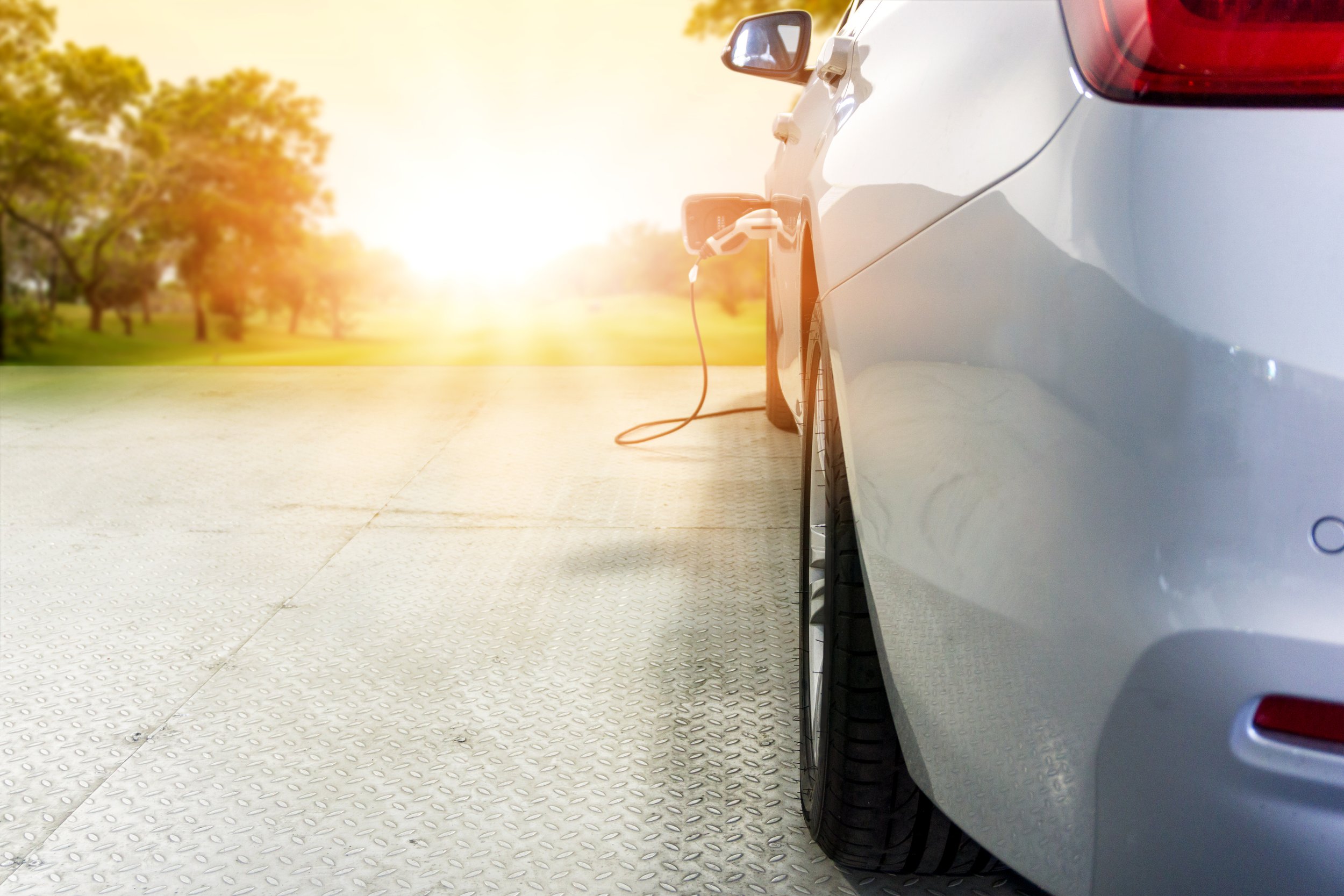Why EV Charging Demand Response Is Critical During the Summer
The electric vehicle industry is hot and so is the weather! During summer, especially in very warm climates, it’s important to take into account the increased toll on the power grid due to powering air conditioners. That’s why power companies and infrastructure often implement demand response systems. So what does that have to do with electric cars? A lot, actually: EVs also need to utilize the power grid in order to stay juiced up and on the roads.
This is where effective EV charging station demand response comes in. In order for stations to responsibly and equitably manage their power distribution, it makes sense that the power grid would deploy automated demand response (ADR). Read on to learn more about demand response and how it pairs with smart charging to affect the EV industry.
Demand Response Defined
Demand response is a method to reduce unnecessary power usage when energy demand increases. This allows the existing power grid to function within its designed capacity, and helps avoid outages and other related issues. There are a few methods by which demand response is implemented. A common form of demand response with which you may be familiar is the demand response program run by NEST and other smart thermostat providers, who will reduce AC load when the grid is strained.
Automated Demand Response (ADR)
Encouraging households and businesses to consider their energy consumption is great, but automated demand response takes it a step further. ADR automates the process of responding to peak power consumption via wireless signals between power companies and whatever businesses and homes are using energy. This is a critical step because it takes the onus off of customers and instead prioritizes safe, intelligent load management. Demand Response can help eliminate the need for expensive new power plants.
Demand Response for EVs
Electric vehicle charging stations in many ways are already prepared to implement or are already implementing a version of demand response. Whether public or private stations, companies like EV Connect enable smart charging through open charge point protocol (OCPP). Smart charging can mean anything from raising the demand price for power during peak hours (similar to energy companies user-managed demand response) to reducing the flow of power when lower power is sufficient and more. The next step for many in the industry is pairing OCPP with the leading open protocol alliance for ADR (OpenADR 2.0). Fortunately, EV Connect is already part of the OpenADR 2.0 Alliance! Essentially, pairing intelligently automated power input from energy companies with similarly automated distribution through station smart charging can ensure that drivers, station managers and utility companies are all maximizing the power infrastructure’s potential without overloading it. After all, the goal of the EV industry is sustainability!
Seasonal Impact
The reason demand response and by extension ADR are so crucial during the summer months is the extreme toll that keeping businesses and homes cool can take on the power grid. And for EVs specifically, keeping your cabin cooling system running is going to impact your battery consumption, thus reducing your vehicle’s efficiency, causing it to need more power to stay on the road. The increased usage leads to necessary demand response. That is why ADR is so beneficial: The ability to smooth energy peaks by optimization from power companies keeps electric cars on the road because blackouts are avoided.
Demand Response Wrap-Up
The EV industry already benefits from smart charging as a form of demand response, but pairing this with automated demand response is the future of energy sustainability. Because electric cars will only grow more popular, managing the increased electricity needs through collaborative, intelligent automation will be critical. Make sure you stay cool, and check out what EV Connect is doing to drive into the future!
Sources
Open Charge Alliance - Using OpenADR With OCPP
Energy.gov - Demand Response
Medford Energy - Automated Demand Response

